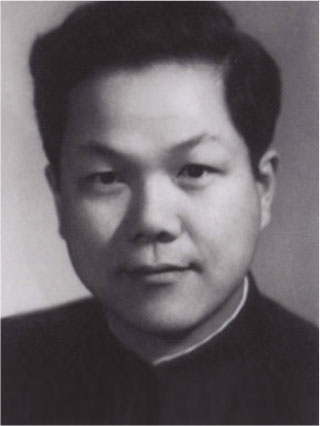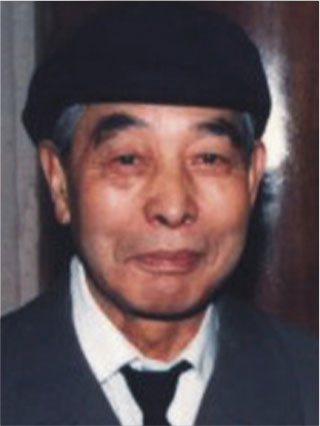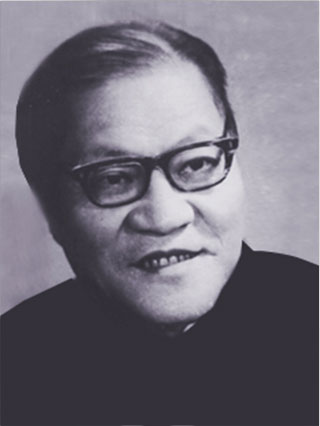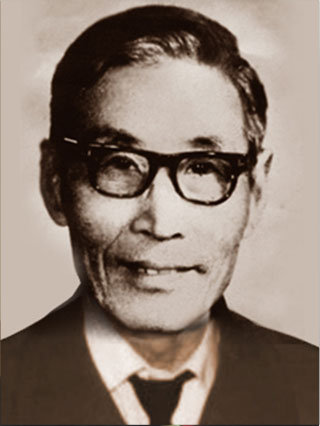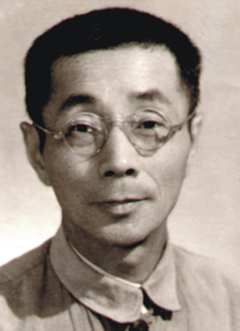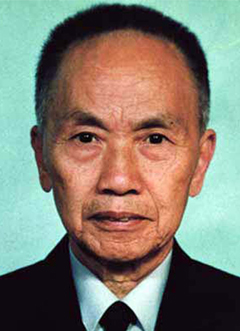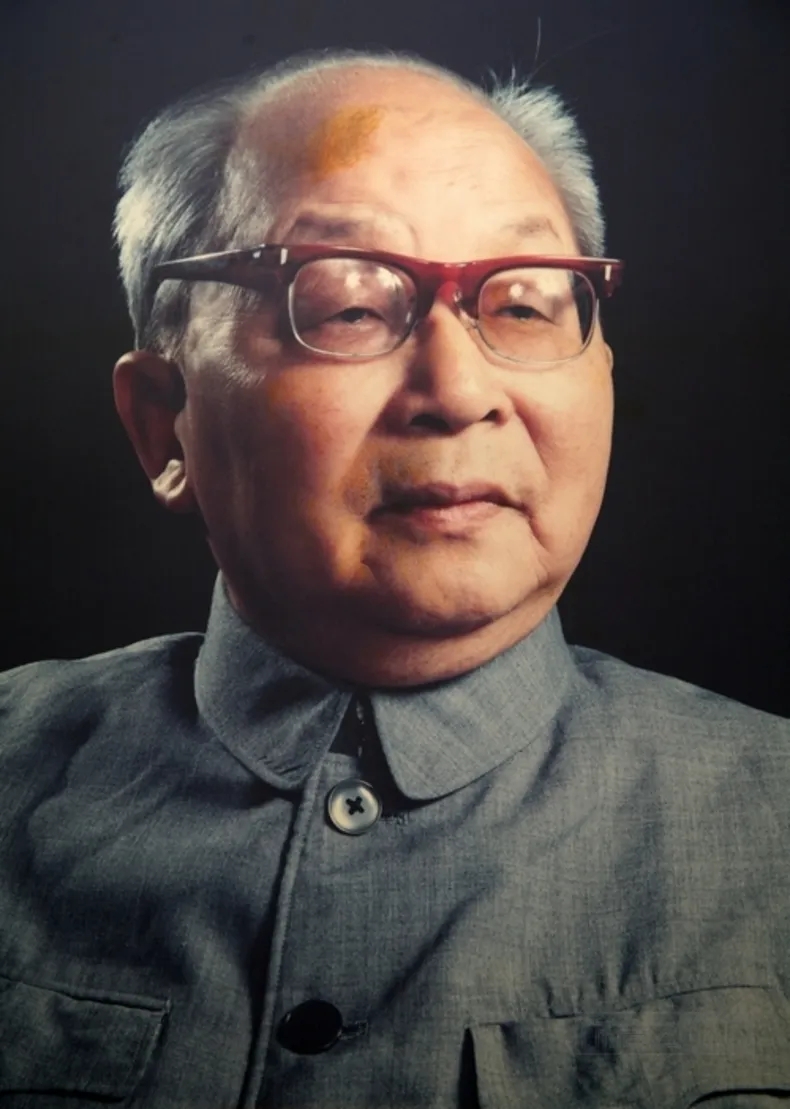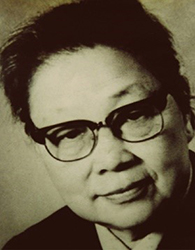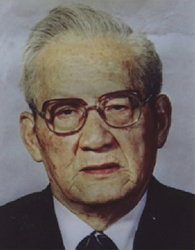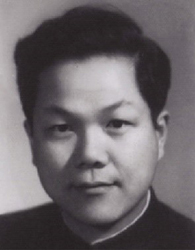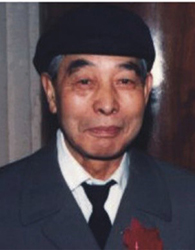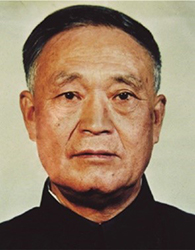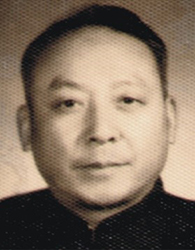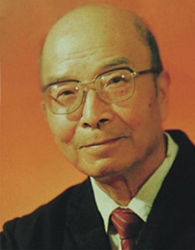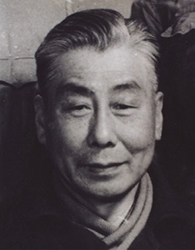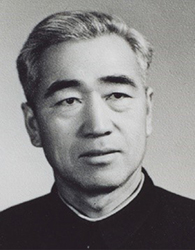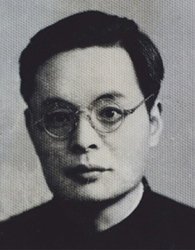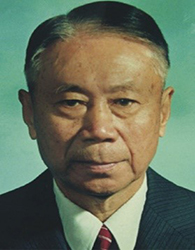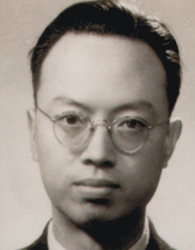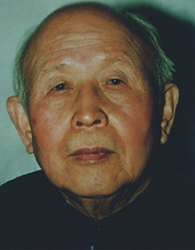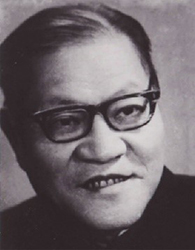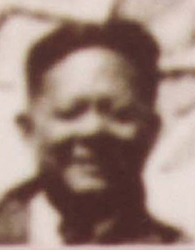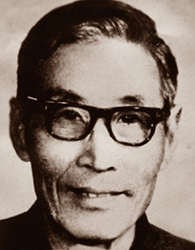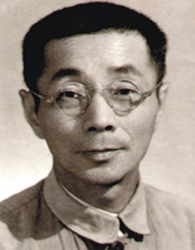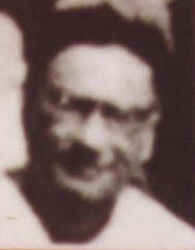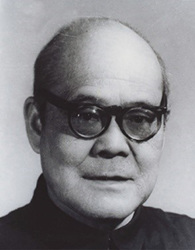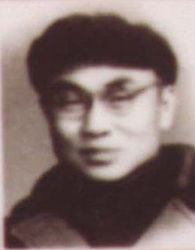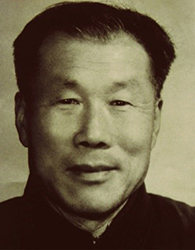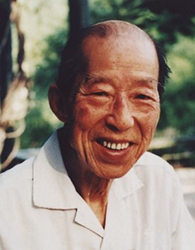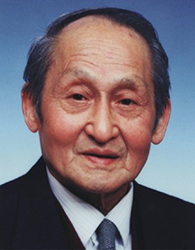On October 25, 1952, Beihang University (then known as Beijing Institute of Aeronautics) was officially established. As the first institution of higher education in aeronautics and astronautics in the newly founded People's Republic of China, Beihang's founding marked the beginning of a new chapter in China's aerospace education. A large group of pioneers, driven by the ideals of "Saving the Nation through Aviation" and "Serving the Nation through Aviation," gathered at Baiyanzhuang in western Beijing, laying the foundation for cultivating a new generation of aerospace engineers with patriotism deep in mind for China.
History
-
1951
1951
In 1951, the nation decided to merge the Departments of Aeronautics of Peiyang University (now known as Tianjin Universiy), Xiamen University and Northwestern Institute of Engineering (now known as Northwestern Polytechnical University) into the Department of Aeronautical Engineering of Tsinghua University, and thus established the School of Aeronautical Engineering of Tsinghua University. The Department of Aeronautical Engineering of Yunnan University was merged into the Department of Aeronautics of Sichuan University. The Aeronautics Division of Southwest Industrial College was merged into the Department of Aeronautical Engineering at the College of Engineering, North China University.
-
1951.12.10
On December 10, 1951, Premier Zhou Enlai convened a meeting to discuss the plan for the transition of the aviation industry from repair to manufacturing. Vice Premier Li Fuchun proposed that "it is imperative to establish an aeronautical university," and Premier Zhou Enlai agreed. In May 1952, in accordance with Premier Zhou Enlai's instruction to establish a specialized aeronautical university and the decision to set up an aeronautical institute as stipulated in the Resolution on Aeronautical Industry Development by the Central Military Commission, the Ministry of Education drew up a national plan for the reorganization of universities and colleges, which further adjusted the aeronautics departments.
-
1952
1952
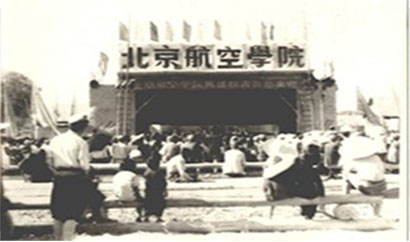
In 1952, in accordance with the national reorganization plan for universities and colleges, Beijing Institute of Aeronautics was established by merging the Department of Aeronautics at Beijing Institute of Technology, the School of Aeronautical Engineering of Tsinghua University and the Department of Aeronautics of Sichuan University.
-
1952.6.12
On June 12, 1952, approved by the National Financial and Economic Affairs Commission and the Central Military Commission, the Ministry of Heavy Industry and the Ministry of Education decided to officially set up Beijing Institute of Aeronautical Engineering.
-
1952.10.24
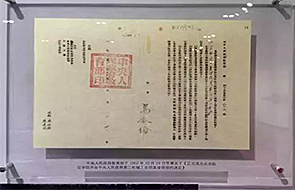
On October 24, 1952, the Ministry of Education issued the official approval document for the establishment of Beijing Institute of Aeronautical Engineering (which was officially named as Beijing Institute of Aeronautics after its establishment), and signed the Decision on the Official Establishment of Beijing Institute of Aeronautics Directly under the Second Ministry of Machinery Industry of the Central People's Government.
-
1952.10.25
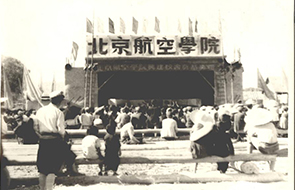
On October 25, 1952, the Beijing Institute of Aeronautics was inaugurated to become the first aeronautical and astronautical university of the New China. Its establishment consolidated the Department of Aeronautics of Sichuan University and the Department of Aeronautics at Beijing Institute of Technology.
-
1952.10.25
On October 25, 1952, the founding ceremony of Beijing Institute of Aeronautics was held in the auditorium of Beijing Institute of Technology (the former auditorium of Sino-French University). The appointments by the Ministry of Education were announced at the ceremony: Yang Daifu was appointed as Vice President and Provost, Wang Junkui and Tu Shou'e as Associate Provosts, Shen Yuan as Vice President and Director of the Research Department, and Zong Fengming as Director of the Political Counseling Office.
-
1988
1988.4
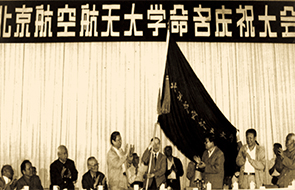
In April 1988, approved by the State Education Committee of China, Beijing Institute of Aeronautics was renamed as Beijing University of Aeronautics and Astronautics(later adopting the English name Beihang University in 2002), which marked the transition of Beihang from a specialized engineering university to a comprehensive university.
